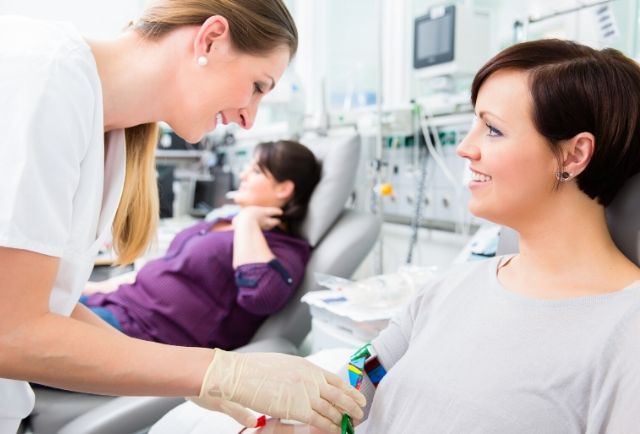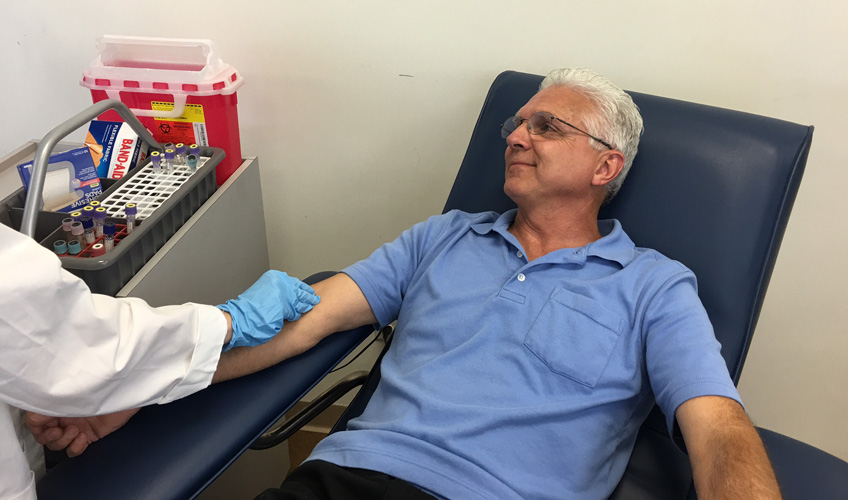The 25-Second Trick For Northeast Medical Institute - New Haven Campus Phlebotomy Course & Cna Class
The 25-Second Trick For Northeast Medical Institute - New Haven Campus Phlebotomy Course & Cna Class
Blog Article
Not known Incorrect Statements About Northeast Medical Institute - New Haven Campus Phlebotomy Course & Cna Class
Table of ContentsOur Northeast Medical Institute - New Haven Campus Phlebotomy Course & Cna Class IdeasSome Ideas on Northeast Medical Institute - New Haven Campus Phlebotomy Course & Cna Class You Should KnowNortheast Medical Institute - New Haven Campus Phlebotomy Course & Cna Class - The FactsSome Known Facts About Northeast Medical Institute - New Haven Campus Phlebotomy Course & Cna Class.Northeast Medical Institute - New Haven Campus Phlebotomy Course & Cna Class Fundamentals ExplainedGet This Report on Northeast Medical Institute - New Haven Campus Phlebotomy Course & Cna Class
The usage of such tools need to be come with by various other infection prevention and control methods, and training in their use. Not all safety tools apply to phlebotomy. Before selecting a safety-engineered gadget, individuals need to extensively investigate readily available gadgets to establish their ideal usage, compatibility with existing phlebotomy techniques, and effectiveness in securing staff and patients (12, 33).For setups with reduced sources, cost is a motoring aspect in purchase of safety-engineered gadgets. Where safety-engineered tools are not offered, proficient usage of a needle and syringe is acceptable.
One of the necessary pens of high quality of care in phlebotomy is the involvement and participation of the patient; this is mutually beneficial to both the health and wellness worker and the client. Clear information either created or verbal ought to be offered per person who undergoes phlebotomy. Annex F offers example message for explaining the blood-sampling procedure to a client. In the blood-sampling room for an outpatient department or clinic, give a comfy reclining sofa with an arm rest.
Not known Facts About Northeast Medical Institute - New Haven Campus Phlebotomy Course & Cna Class
Guarantee that the indicators for blood sampling are clearly specified, either in a composed method or in documented directions (e.g. in a research laboratory form). Accumulate all the equipment required for the treatment and place it within safe and simple reach on a tray or cart, making certain that all the items are clearly visible.
Where the client is grown-up and mindful, adhere to the steps detailed listed below. Introduce yourself to the individual, and ask the individual to mention their full name. Inspect that the laboratory type matches the individual's identification (i.e. match the person's information with the research laboratory type, to ensure precise recognition). Ask whether the license has allergies, phobias or has ever before collapsed throughout previous injections or blood draws.
Make the individual comfortable in a supine placement (if feasible). The individual has a right to refuse an examination at any type of time before the blood sampling, so it is crucial to guarantee that the individual has actually comprehended the treatment - PCT Training.
More About Northeast Medical Institute - New Haven Campus Phlebotomy Course & Cna Class
Expand the client's arm and evaluate the antecubital fossa or forearm. Find a blood vessel of a good dimension that is visible, straight and clear. The diagram in Section 2.3, reveals common settings of the vessels, but lots of variants are possible. The median cubital capillary exists in between muscular tissues and is usually the most simple to penetrate.
DO NOT insert the needle where capillaries are drawing away, because this enhances the opportunity of a haematoma. Situating the capillary will certainly assist in identifying the proper size of needle.
Haemolysis, contamination and existence of intravenous fluid and medicine can all change the outcomes (39. Nursing team and medical professionals might access central venous lines for samplings following protocols. Specimens from central lines lug a threat of contamination or erroneous laboratory examination outcomes. It serves, yet not suitable, to injure samplings when first introducing an in-dwelling venous gadget, prior to linking the cannula to the intravenous fluids.
Northeast Medical Institute - New Haven Campus Phlebotomy Course & Cna Class - Questions
Allow the location to dry. Failure to permit enough contact time enhances the danger of contamination. DO NOT touch the cleaned site; particularly, DO NOT place a finger over the vein to assist the shaft of the subjected needle. It the site is touched, repeat the disinfection. Do venepuncture as adheres to.
Ask the patient to form a fist so the blood vessels are more famous. Enter the vein swiftly at a 30 degree angle or much less, and proceed to present the needle along the blood vessel at the most convenient angle of entry - Phlebotomy Courses. When sufficient blood has actually been accumulated, release the tourniquet prior to withdrawing the needle
Some Known Questions About Northeast Medical Institute - New Haven Campus Phlebotomy Course & Cna Class.
Take out the needle carefully and use gentle stress to the website with a clean gauze or completely dry cotton-wool round. Ask the individual to hold the gauze imp source or cotton wool in position, with the arm expanded and raised. Ask the individual NOT to bend the arm, since doing so causes a haematoma.

The Ultimate Guide To Northeast Medical Institute - New Haven Campus Phlebotomy Course & Cna Class
Where possible, maintain the tubes in a rack and relocate the rack towards you - https://northeast-medical-institute.jimdosite.com. If the sample tube does not have a rubber stopper, infuse exceptionally gradually into the tube as minimizing the pressure and rate utilized to transfer the sampling minimizes the danger of haemolysis.

Report this page